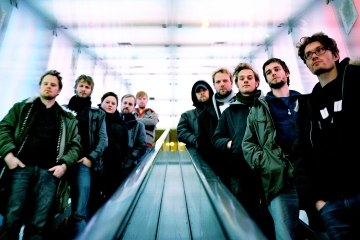
Jazz and electronica are not exactly two peas in a pod. One holds rare prestige in being “American music”, a coin termed by many jazz musicians that expressed the genre’s geographical uniqueness, dual West African and European musical traditions, and context in American political systems (namely segregation). The other is a baby in comparison, at least in terms of historical development. Electronic instruments have been around for most of the 20th century, much like jazz, but unlike that genre its relationship to music and theoretical structure was obsolete at its time of inception. Like any form of technology, it did not break into popular culture until modifications were made to both the actual hardware and method of use. Jazz required few tweaks apart from tuning, and even then we reach a subjective field that pertains to jazz’s uniquely invigorating focus on both structural theory and its audible perception. From tuning to electricity, nothing was mandatory apart from the music itself. These two genres find a divide in sheer preparation, one relying on theoretical mastery and the other on technological adeptness. But their meeting point requires less concentration to devise than their difference, mainly because it involves a subject too varied and personalized to even form a conception of it. The raw expression of human emotion can be tricky like that.
You may ask yourself how electronic music could even be remotely considered “raw expression”, since multiple lines of programmed code and hardware are anything but “raw”. This is a conception that is often held by jazz professionals and those aspiring to be, mainly because with such a grasp of theory and traditional instrumentation they are understandably reluctant to gravitate toward music they deem artificial. Until the day that robots are creating art, I have to respectfully disagree with that view. Even if you are not a fan, to refuse the credibility of early electronic works in the vein of Depeche Mode and Tangerine Dream is premature and ignorant. For instance, the chirping synths and choppy percussion of Depeche Mode’s “Blasphemous Rumors” can tell you one thing about the track’s direction and progressive grasp. The lyrical content, on the other hand, tells an entirely different story. It provides a stunningly relevant look at religious doubt and man’s curiosity concerning it; it is a topic fit for any time. Upon its release, the pope’s official declaration of hatred for the song being indicative of its proven message and relevance. Relevant music – both in style and tone – is critical to the establishment of a movement or genre, and with abundant segregation this was precisely the role jazz played in the early 20th century.
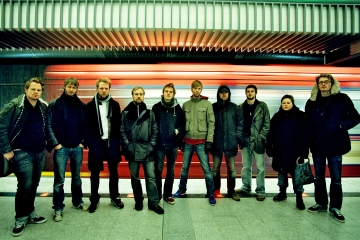
Although the likes of The Human League and The Cars present a more pop-oriented and less intensely emotional sound that cater more to those refusing to acknowledge the authenticity of talented electronic musicians, many people need to understand is that the main disparity between these two genres is not their emotional range. A certain style of music has little bearing on its emotional output, even if some genres have more flexibility than others. Instead, what differentiates jazz and electronica is the primary emitter of these emotions. A jazz musician hardly needs much to get stirred up, a good one connecting with the crowd immediately as he turns a conventional instrumental arsenal into his own personal counseling session. “Therapeutic”, “invigorating”, and “tense” are words often used in music journalism, but adjectives in such a format would have never been popularized if not for jazz. Before sampling and other forms of recent production opened all sorts of doors, classical and jazz reigned supreme as the ultimate surveyors of human emotion in audible form. Jazz’s lack of development since that time has been predictable mainly because it relies on such a classical formula, which even including the concept of improvisation is the basis for most structural jazz. Its roots in early blues and call-and-response patterns are some examples of intricate characteristics, but they were simply stylistic components guided by a unique structural identity. Placing the performance upon the discretion of the performer and not the recorded notes is what made jazz so unique.
Jaga Jazzist are a rare breed, mainly because they throw all past conventions out the window and fuse genres that are widely considered incompatible. Incompatibility is subjective most of the time, but the working relationship between jazz and electronica sounds too objectively difficult to even fathom. This is why it is impressive how seamless Jaga Jazzist’s style sounds. Artists have combined the likes of hip-hop and rock before with remixes and whatnot, but Jaga Jazzist’s fusion is exceedingly and impressively natural and original. Combining everything from saxophones to DJ equipment, Jaga Jazzist presents a unique melding of classic equipment from both genres. The Norwegian collective should not be limited to the shameful “jazz fusion” category though, since the combination of jazz and electronica produces a sound that is too sharp and hook-oriented to be considered second-rate elevator music. Their first new album in five years is highly expressive of this. One-Armed Bandit certainly shows the ten-piece was not sitting idly, as it blows all of their preceding releases out of the water in terms of sheer stylistic succession. Rarely do two genres interweave to produce something that sounds nothing like either one, but this is one of those rare instances. The self-titled track shows moments of initial minimalism, which is almost always a cue for expansion both in jazz and electronica. The fact that Jaga Jazzist do expand songs to intricate precision is one of the few predictable elements of their sound, but everything else is dependent on the circumstance. With nearly a dozen of similarly-aimed musicians, no instrument or structural shift is out of the question on One-Armed Bandit. This restraint held back some of Jaga Jazzist’s earlier releases, but their emergence from hiatus has come hand-in-hand with a release that should bring them significant acclaim. You do not need to enjoy electronica and jazz, or even one of them, to enjoy this fantastic release. Its recommended for all fans of music in general. It helps that “Banafleur Overalt” is one of the most stunning works I have heard this year.
Update: A friend brought to attention that i didn’t do a good enough job of elaborating on “contemporary production” before… I agree. So here it goes: I guess it is a somewhat subjective classification for types of production that utilize techniques that were popularized in the last 10-20 years. a few examples include sampling, laptronica, and “live coding”. my reference to Zappa is one of MANY traditional influences that Jaga Jazzist express proudly. in reference to this “contemporary production”, the 2000s brought along a number of software-based “studio software” that made the influence of various effects in production different than before. vast advances in technological and microprocessor technology are responsible for such advances, and the consequential advances and usage of these techniques within a traditional medium like jazz is what I was referring to in “contemporary production” being emphasized and evident. when it is able to take on its own sound by implementing both a traditional and somewhat new medium, then I personally view it as a success.
RIYL: Jazzanova, Skalpel, De-Phazz, The Cinematic Orchestra, José James, Bugge Wesseltoft, Micatone, Kyoto Jazz Massive Play, The Flaming Lips, Pink Freud
——————————————————————————————
Jaga Jazzist – Banafleur Overalt
[audio:http://mineorecords.com/mp3/jaga-ban.mp3]——————————————————————————————
Jaga Jazzist – One-Armed Bandit
[audio:http://mineorecords.com/mp3/jaga-one.mp3]——————————————————————————————
Jaga Jazzist – Prognissekongen
[audio:http://mineorecords.com/mp3/jaga-pro.mp3]——————————————————————————————


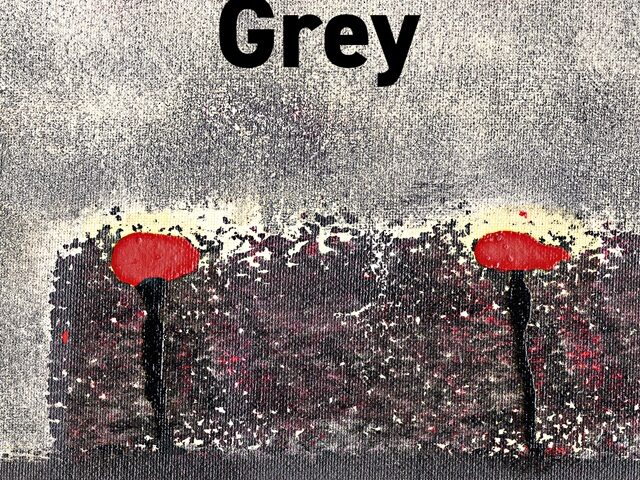
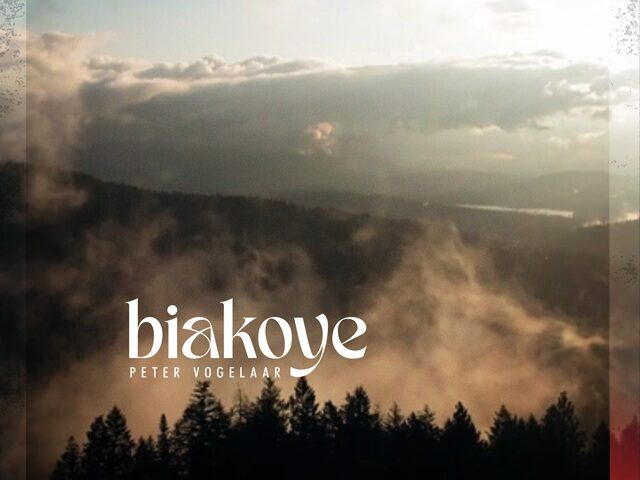

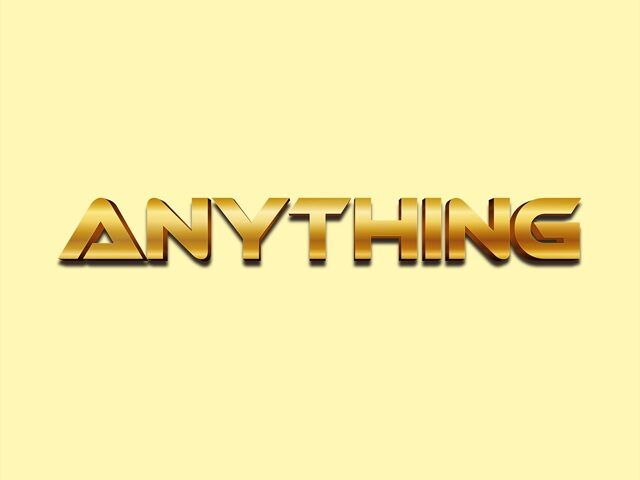
;)*
something different, grows on you though!
electro and jazz do seem like two genres on the opposite sides of the music spectrum, but if done well, it can prove to be a dynamic duo
if you like this check out St. germain
a little less liberal on the drum beats but pretty friggin good
a friend brought to attention that i didn’t do a good enough job of elaborating on “contemporary production” before… i agree. so here it goes: i guess it’s a somewhat subjective classification for types of production that utilize techniques that were popularized in the last 10-20 years. a few examples include sampling, laptronica, and “live coding”. my reference to Zappa is one of MANY traditional influences that Jaga Jazzist express proudly. in reference to this “contemporary production”, the 2000s brought along a number of software-based “studio software” that made the influence of various effects in production different than before. vast advances in technological and microprocessor technology are responsible for such advances, and the consequential advances and usage of these techniques within a traditional medium like jazz is what i was referring to in “contemporary production” being emphasized and evident. when it is able to take on its own sound by implementing both a traditional and somewhat new medium, then i personally view it as a success.
Jazz and House have been fused for a long time and it’s definitely been a natural fusion, also what about F Communications? The label fused and represented both sounds since the mid ’90’s.